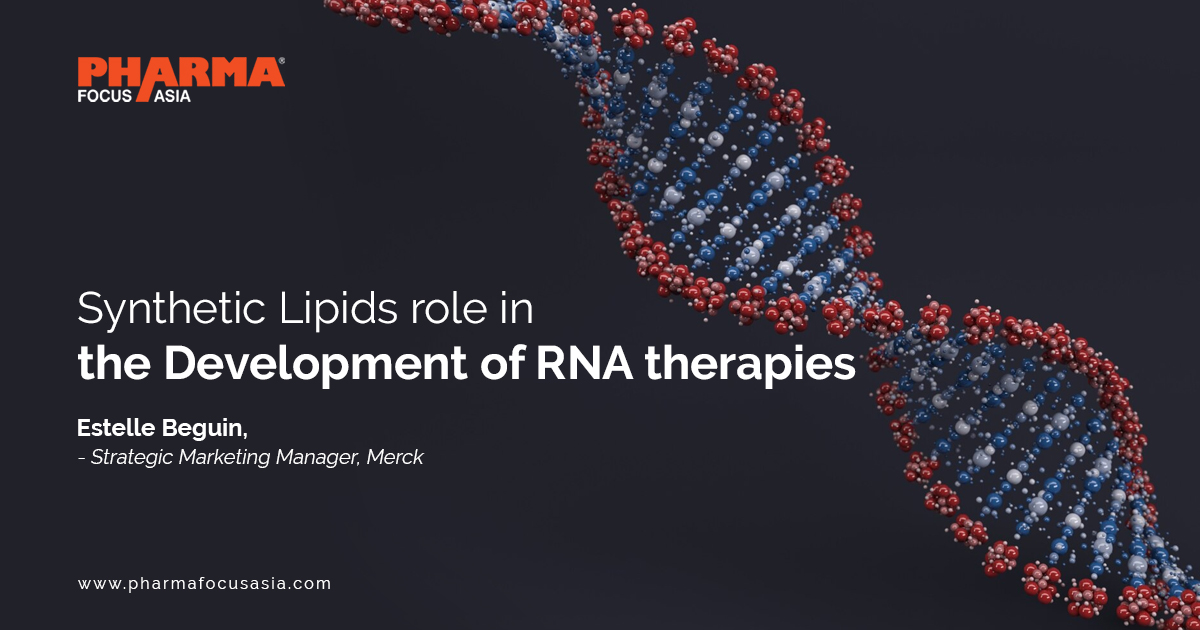The Evolution of mRNA Therapeutics Recent Advances, Challenges, and the Path Forward

Strong 8k brings an ultra-HD IPTV experience to your living room and your pocket.
Authors:
Carl Schoellhammer, Associate Partner, DeciBio Consulting
Cassidy Humphreys, Senior Analyst, DeciBio Consulting
Aditi Ghalsasi, Analyst, DeciBio Consulting
The mRNA field is maturing beyond pandemic-era vaccines, requiring strategic focus on therapeutic applications beyond infectious diseases. Challenges like improving delivery vehicles and advancing in vivo cell therapies are key to unlocking mRNA’s potential. As the market evolves, finding the right niche are critical for future success
Scientists have debated the promise of mRNA as a therapeutic modality for over 30 years. Over this period, the field has made great strides with the discovery of capping, optimal polyA tail lengths, and critically, modified bases. But it took a global pandemic for the world to truly witness its transformative potential. The rapid development, approval, and global rollout of mRNA vaccines—most notably from Pfizer-BioNTech and Moderna—showcased how this novel technology could be harnessed to combat a global health crisis in record time. The COVID-19 mRNA vaccines provided a crucial means of fighting the pandemic, demonstrating the ability of mRNA to stimulate the immune system to protect against SARS-CoV-2.
Setting the Field Back by Saving the World
However, while the speed and effectiveness of mRNA vaccines were groundbreaking, the pandemic also highlighted some of the inherent limitations of the technology, particularly regarding delivery mechanisms and stability. At the forefront of mRNA delivery mechanisms arrived lipid nanoparticles (LNPs), and, although LNPs played a pivotal role in the vaccines' success, there is much to be achieved regarding their targeted delivery and optimization. The rapid coalescence of the field around LNPs stifled research into more novel delivery systems and approaches.
Furthermore, the chemistry of mRNA itself remains a work in progress. While it has proven its value in the context of vaccines, many fundamental questions about its use in other therapeutic areas—such as oncology, genetic diseases, and beyond—remain unanswered. Optimizing mRNA’s stability, immunogenicity, and translation efficiency will be critical as the field seeks to push the boundaries of what this technology can achieve.
mRNA is Here to Stay: The Advantages of mRNA as a Therapeutic Modality
Despite the challenges, one thing is clear: mRNA is here to stay. Its advantages over traditional therapies make it a compelling option for a wide range of applications. As a modality, it offers discrete advantages compared to traditional biologics.
1. Rapid Development: mRNA technologies boast a fast and efficient development cycle, one of the greatest advantages of the platform. In contrast to traditional vaccines and therapies that often take years to refine, mRNA-based treatments can be designed and optimized in a matter of weeks. This speed is especially advantageous when dealing with rapidly evolving pathogens, such as viruses or seasonal flu strains that change from year to year. During the pandemic, mRNA's ability to respond to emerging variants highlighted the platform's flexibility. As new mutations were identified, the mRNA sequences were quickly updated to enhance the vaccines' efficacy.
2. Scalability: Manufacturing mRNA vaccines and therapeutics is often easier and faster at scale compared to protein-based approaches or live-attenuated vaccines. Since mRNA therapies do not require the cultivation of live organisms or the expression and purification of complex proteins, production can be ramped up more rapidly. This scalability makes mRNA particularly attractive for pandemic preparedness and other public health crises, where the ability to produce millions (or even billions) of doses quickly is critical.
3. Modularity and Versatility: One of the most exciting aspects of mRNA technology is its modularity. The same basic platform can be adapted to address a wide range of diseases simply by altering the mRNA sequence. This makes it a highly versatile tool, whether the goal is to design vaccines for infectious diseases, deliver gene-editing instructions to correct genetic mutations, or produce therapeutic proteins to treat rare disorders. This potential feature of mRNA opens the door to an array of possibilities, from personalized cancer vaccines to treatments for autoimmune diseases.
Explore more: https://www.pharmafocuseurope.com/research-development/the-evolution-of-mrna-therapeutics
Note: IndiBlogHub features both user-submitted and editorial content. We do not verify third-party contributions. Read our Disclaimer and Privacy Policyfor details.







